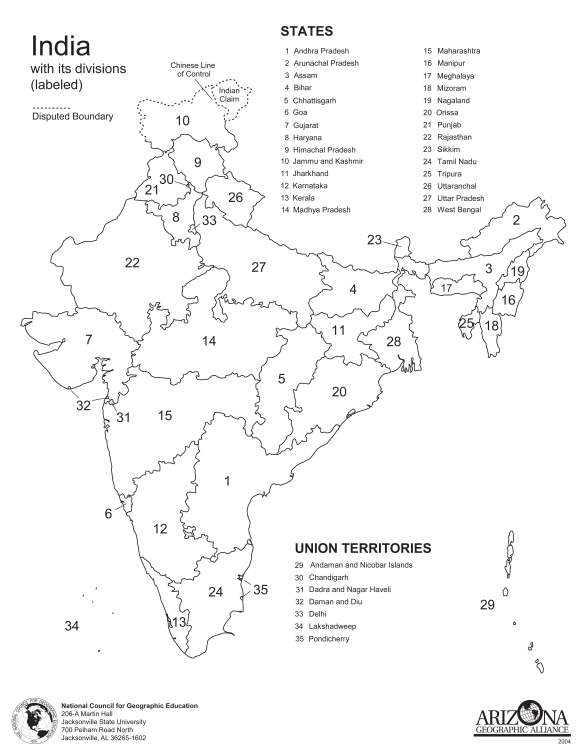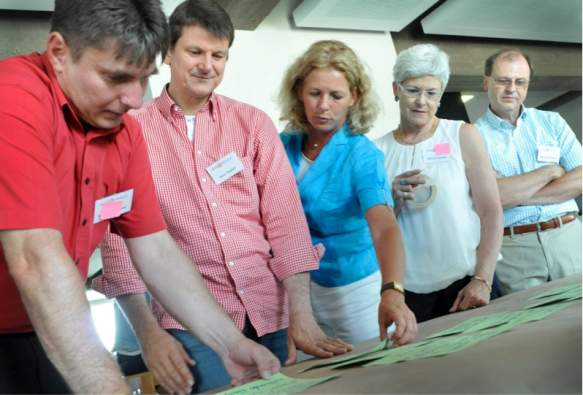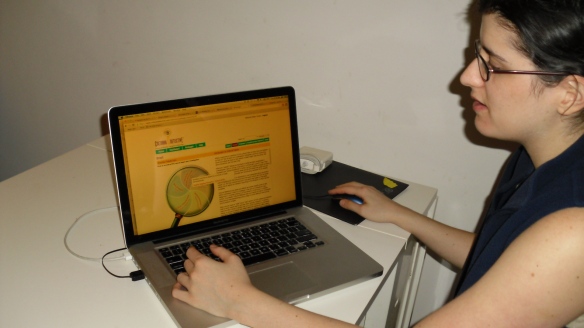 One Client’s Story
One Client’s Story
A few months ago I received a call from a dear friend and respected colleague. He told me that he had a client very committed to diversity and inclusion, that hired him once a quarter, every quarter, to design a 2-1/2 hour workshop. He delivered the workshop to a total of 300 employees, so he facilitated it about eight times over. Great client, right? A full week of work every quarter, on an ongoing basis…
He told me about some of the topics he’d covered, and some of the methods he’d used; they were all fantastic. He reported to me that everyone attending would have a really great time. The participants would learn, the evaluations would be excellent, and my friend would get hired back.
But he also told me that, while lucrative for him and enjoyable for the learners, he felt his approach wasn’t really accomplishing anything. My colleague was frustrated because he didn’t feel the learners were really developing skills, they weren’t changing what they did at work, and the organization wasn’t developing the intercultural competence it needs. He knows that real competence requires ongoing practice, and he thought Cultural Detective could help.
The client is a division of a major university. The employees interface daily with students and scholars from all over the world, and they, themselves, are a very diverse team. My colleague wanted to embark on a two-year project with a coherent, developmental design for his workshop series. He felt that Cultural Detective could be the anchor, the “backbone,” so to speak, the constant throughout the two years. But how did he plan to do this?
He wanted to start by having me join him for the first workshop, so that I could introduce the 300 employees of this university division to the Cultural Detective Model. While I was there with them, he wanted me to also train him and a few on-site facilitators (Diversity and Inclusion trainers as well as those from Organizational Effectiveness) in the Cultural Detective Method.
 Over the next two years, he wants to use Cultural Detective to help the employees develop more in-depth knowledge and skills for working with individual cultures. For example, one quarter they might learn more about how to work with East Asians, using CD China, CD Japan, etc., as resources. Another quarter they might focus on Muslim cultures, using CD Islam, CD Malaysia, CD Arab Gulf, and CD Turkey, etc. In the months between workshops, supervisors will work with employees to ensure that the skills they learn in the workshops are applied on the job. They will use university staff and students as resources and after each workshop, program leaders will agree on an “application plan” to encourage employees to use the ideas presented and practice their skills between workshops.
Over the next two years, he wants to use Cultural Detective to help the employees develop more in-depth knowledge and skills for working with individual cultures. For example, one quarter they might learn more about how to work with East Asians, using CD China, CD Japan, etc., as resources. Another quarter they might focus on Muslim cultures, using CD Islam, CD Malaysia, CD Arab Gulf, and CD Turkey, etc. In the months between workshops, supervisors will work with employees to ensure that the skills they learn in the workshops are applied on the job. They will use university staff and students as resources and after each workshop, program leaders will agree on an “application plan” to encourage employees to use the ideas presented and practice their skills between workshops.
How, exactly?
In the first workshop, we used critical incidents that were drafted by the client’s Diversity and Inclusion Task Force. These included stories of staff interaction with students from around the world, as well as stories of employee interaction with one another. We analyzed these incidents together in the workshop, and learned what each of us could do to improve our performance, to better understand our customers (in this case, students) and colleagues, and we generated ideas for improving the organization’s systems, procedures, and structures, to make it more inclusive. We also played several learning games and simulations, and participated in other, supplementary exercises.
Here is what program leaders agree will take place after the first workshop and before the second in order to help ensure skill development and application:
- In the weekly “mini-meetings” that all supervisors conduct with staff, they will ask employees to share a “best intercultural practice” they’ve learned that week, as well as cross-cultural questions or incidents they’ve experienced.
- The Diversity and Inclusion Task Force members will write up critical incidents and Sample Debriefs for each of the areas of the workplace that they represent. They will invite employees to attend sessions in which they discuss and analyze the incidents, thereby continuing to build employee knowledge and skill, and continuing to interculturalize organizational processes.
 The second workshop is planned for the first quarter of 2015. In that workshop, my colleague is planning to introduce Cultural Detective Self Discovery to the employees, helping them each to develop their own Personal Values Lenses. Employees will then compare their personal values with US American, African-American, and Latino-Hispanic values (the primary composition of the workforce), as well as to those values of the many nationalities of students with whom the employees work. They’ll learn how to remain true to themselves, and how to adapt their behavior to be more cross-culturally effective. They will also use their Personal Values Lenses to get to know one another in a more meaningful way, and to discuss ways to improve their work teams: how to effectively collaborate to bring out the best in each other.
The second workshop is planned for the first quarter of 2015. In that workshop, my colleague is planning to introduce Cultural Detective Self Discovery to the employees, helping them each to develop their own Personal Values Lenses. Employees will then compare their personal values with US American, African-American, and Latino-Hispanic values (the primary composition of the workforce), as well as to those values of the many nationalities of students with whom the employees work. They’ll learn how to remain true to themselves, and how to adapt their behavior to be more cross-culturally effective. They will also use their Personal Values Lenses to get to know one another in a more meaningful way, and to discuss ways to improve their work teams: how to effectively collaborate to bring out the best in each other.
Employee representatives, supervisors, and Diversity and Inclusion Task Force members will meet after the second workshop to decide on an application plan for what the employees have learned. Their goal will be to figure out how best to reinforce the learning on the job, to be sure it gets used, and that employees continue to develop their competence. In addition, they will work to ensure that the organization continues to refine its policies, procedures and structures for intercultural effectiveness.
My guess is they will recommend ongoing team meetings that use the Personal Values Lenses, as well as having teams share their own critical incidents based on their own experiences. In this manner, the group will continue developing their intercultural competence, they will develop a library of resources on intercultural effectiveness to use to train new hires and continue to develop themselves, and they will maximize the intercultural effectiveness of the organization. Program leaders will then plan the third workshop, followed by an application plan, and so on.
In this way, over the next two years, my colleague is confident that these 300 employees he’s had the pleasure of working with will truly develop their understanding of themselves as cultural beings. They will learn how to better manage cross-cultural situations with the students, and how to better function in the multicultural teams of which they are members. Plus, they will help improve the intercultural competence of the division in which they work.
I do hope they will do a pre- and post-assessment, using the IDI (Intercultural Development Inventory) or some other instrument, to track employees’ progress. It would also be useful to record the systemic and procedural changes made, and see if there are differences in work-team functioning and in student satisfaction with employee performance. I believe research of this sort would be invaluable in showing how improving cultural competence can be a worthwhile investment of time, money and people’s energy.
I greatly appreciate the invitation to join the group to be part of the beginning of this grand undertaking. I look forward to watching as the program moves along its path, and intercultural competence spreads among the staff and organization. I am confident my friend’s plan is going to be hugely successful and wish him and the organization the best of luck!
 ITAM, the Instituto Tecnológico Autónomo de México, is a prestigious university in Mexico City, alma mater of many national leaders in diverse areas of society. They recently dedicated several days to learning in-depth about the complexities of the migrant experience, and the intercultural competence required to integrate new residents in meaningful ways to transform our communities.
ITAM, the Instituto Tecnológico Autónomo de México, is a prestigious university in Mexico City, alma mater of many national leaders in diverse areas of society. They recently dedicated several days to learning in-depth about the complexities of the migrant experience, and the intercultural competence required to integrate new residents in meaningful ways to transform our communities.










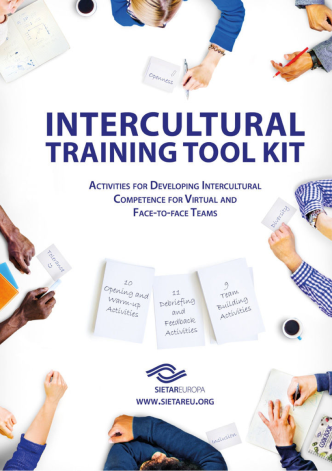
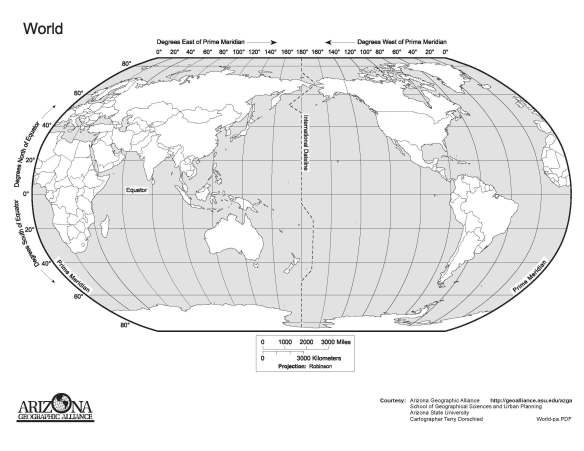 Do you work with people from an area of the world you know little about? Most of us aren’t that great at the geography of our own area of the globe, to say nothing about knowing the names of states, cities, or rivers half a globe away! It can be awkward when chatting with a colleague in another country and they talk about their weekend travels, but you have absolutely no idea whether they went to a city, the country, mountains, or seashore. Not the best way to build credibility! Even worse if your colleague is talking about organizational expansion plans, and you don’t know whether they’re talking north, south, east, or west! Learning some basic geographical literacy can be a great help in building relationships, trust, and productivity on a team.
Do you work with people from an area of the world you know little about? Most of us aren’t that great at the geography of our own area of the globe, to say nothing about knowing the names of states, cities, or rivers half a globe away! It can be awkward when chatting with a colleague in another country and they talk about their weekend travels, but you have absolutely no idea whether they went to a city, the country, mountains, or seashore. Not the best way to build credibility! Even worse if your colleague is talking about organizational expansion plans, and you don’t know whether they’re talking north, south, east, or west! Learning some basic geographical literacy can be a great help in building relationships, trust, and productivity on a team.